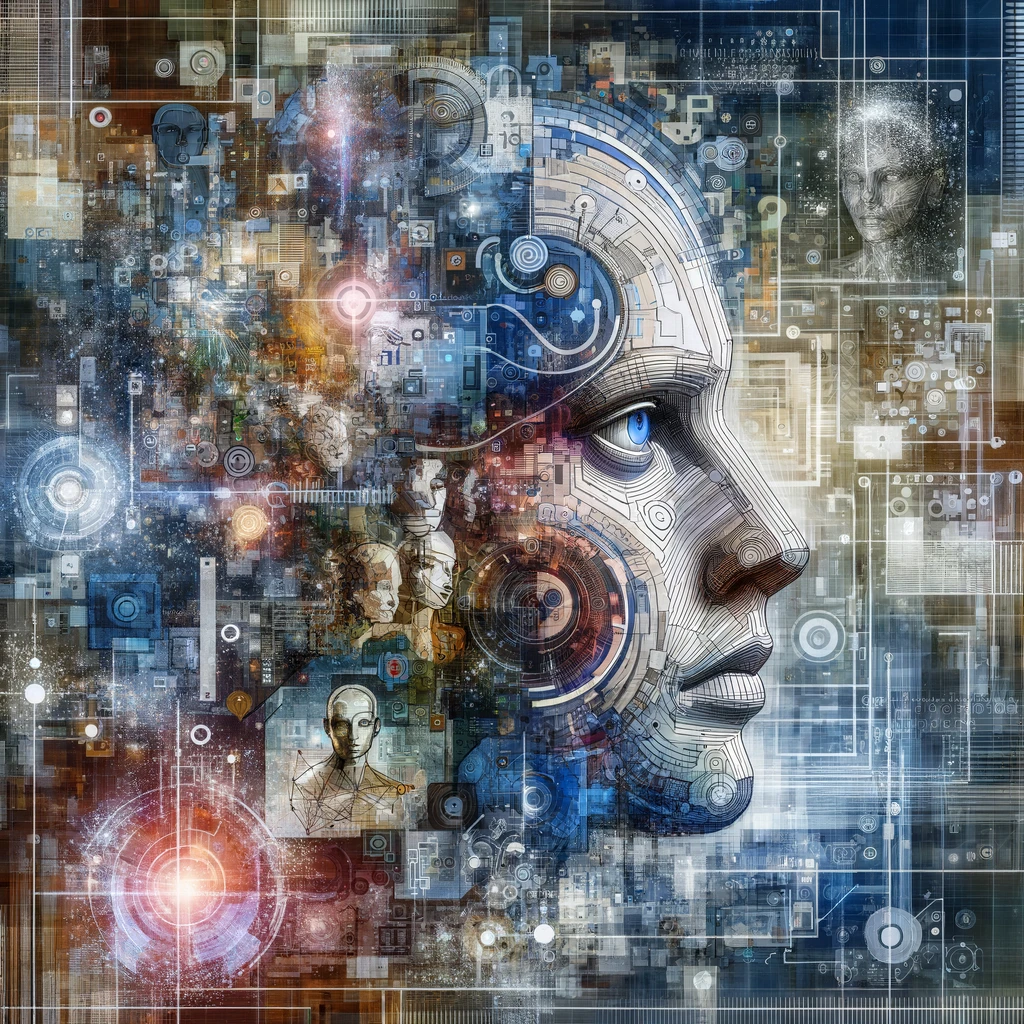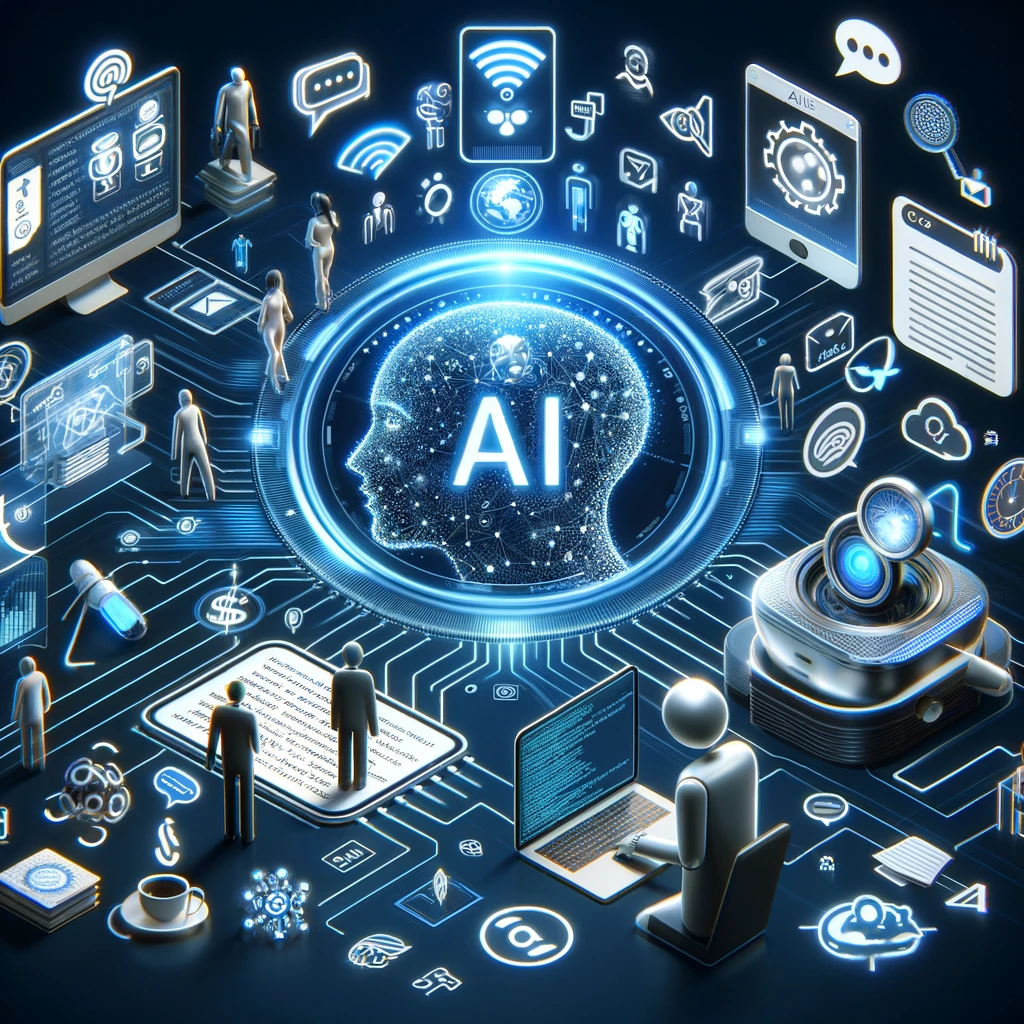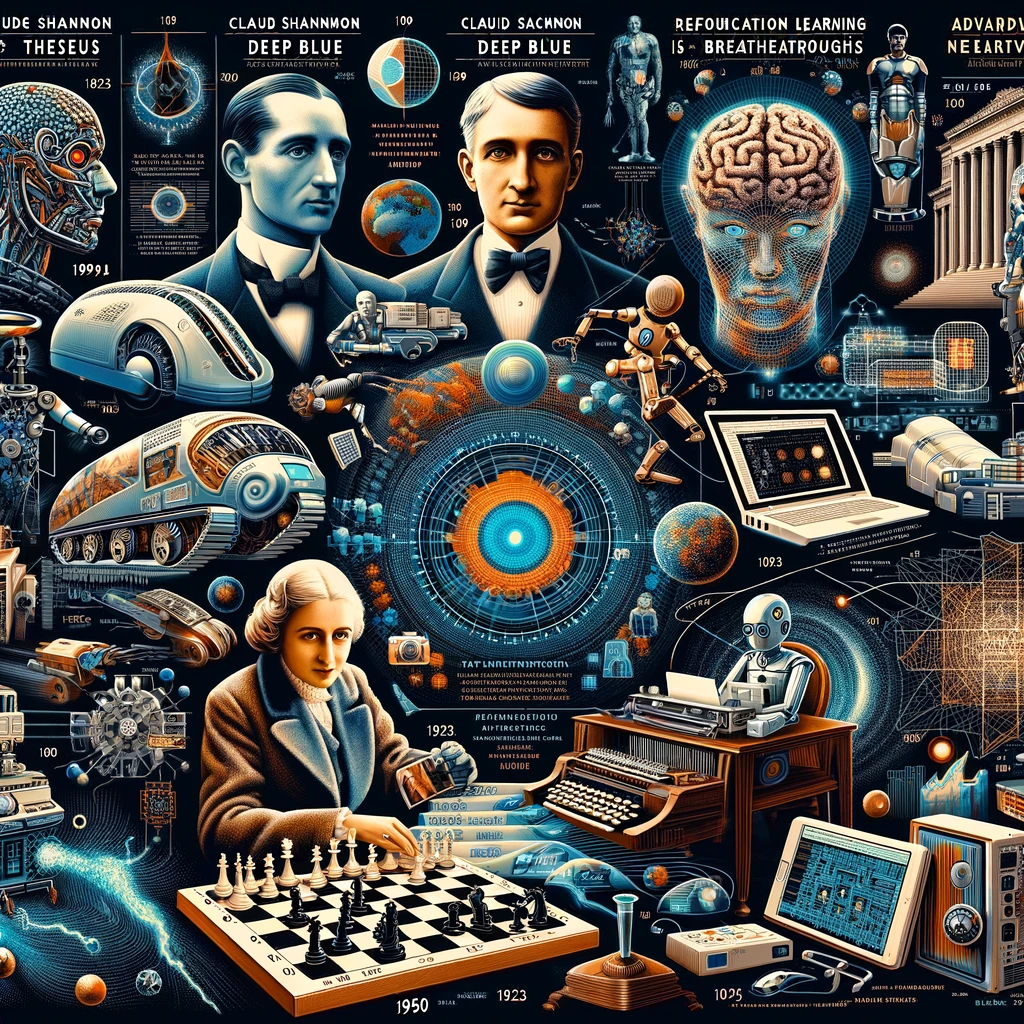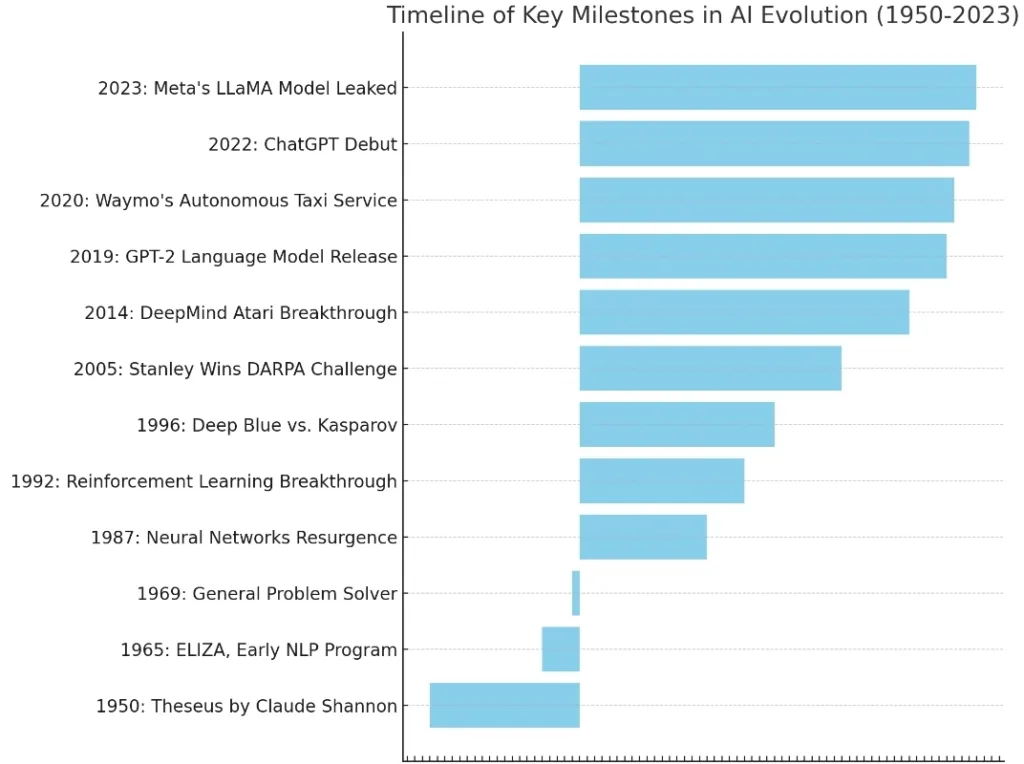
9 Captivating Facts About AI Evolution
1. The Genesis of AI Exploration: Claude Shannon’s Theseus (1950)

In 1950, a groundbreaking development in the field of artificial intelligence emerged from the brilliant mind of Claude Shannon. He created ‘Theseus’, a remote-controlled mouse capable of navigating a labyrinth. This innovative creation wasn’t just about solving mazes; it was the first step towards what we now recognize as AI. Theseus could remember its path, showcasing an early form of machine ‘memory’. This was a monumental leap from the static machines of the time, laying the foundation for dynamic, learning machines. For a deeper dive into Claude Shannon’s work and its significance, see this insightful piece from Our World in Data.
Contents
- 1 2. AI’s Leap in Language and Image Recognition (2010s)
- 2 3. From Pixelated Faces to Photorealistic Images: AI’s Visual Revolution (2014-2023)
- 3 4. AI’s Integration into Daily Life: From Emails to Journalism (Recent Years)
- 4 5. AI’s Expanding Role in Decision Making: From Flights to Justice (Recent Years)
- 5 6. The Exponential Growth of AI Training Computation (1940s-Present)
- 6 7. Transformative AI: A Potential Reality by 2040
- 7 8. Meta’s LLaMA Model and the Future of AI Development (2023)
- 8 9. Key Milestones in AI: Deep Blue, Reinforcement Learning, and More (1969-2023)
- 9 Key Takeaways
- 10 Conclusion
2. AI’s Leap in Language and Image Recognition (2010s)

Just a decade ago, no machine could match human capabilities in language or image recognition. However, the 2010s marked a turning point where AI began to not only compete with but also surpass human skills in these areas. This leap is not merely an incremental improvement but a testament to AI’s exponential growth. AI’s evolving capacity to understand and interpret human language and visual cues has revolutionized how we interact with technology, setting new standards for machine intelligence. This remarkable progress is detailed further in Our World in Data’s comprehensive coverage.
3. From Pixelated Faces to Photorealistic Images: AI’s Visual Revolution (2014-2023)

The journey of AI in image generation is nothing short of astonishing. Starting in 2014 with basic, pixelated black-and-white images, AI rapidly evolved. Within just three years, it began producing images nearly indistinguishable from photographs. Today’s AI can create photorealistic images from complex prompts, showcasing its incredible progress. This evolution not only highlights AI’s growing sophistication but also its potential to revolutionize fields like graphic design and visual media. Our World in Data provides an intriguing visual journey of this evolution.
4. AI’s Integration into Daily Life: From Emails to Journalism (Recent Years)

AI’s language processing capabilities have seamlessly woven into the fabric of our daily lives. From autocomplete features in emails to AI-generated journalism, these systems have become ubiquitous. They assist in tasks ranging from language translation to content creation, significantly altering our interaction with technology and media. However, the creation of long, coherent texts remains a challenge, posing questions about the future scope and impact of AI in content generation. This integration and its implications are explored in depth at Our World in Data.
5. AI’s Expanding Role in Decision Making: From Flights to Justice (Recent Years)

AI now plays a crucial role in decision-making processes across various domains. Its influence ranges from setting flight prices to assisting in judicial decisions. AI systems are increasingly used in determining loan eligibility, hiring decisions, and even in the field of autonomous weapons. This growing reliance on AI raises critical questions about ethics, fairness, and accountability in automated decision-making. Our World in Data provides a comprehensive overview of AI’s expanding role in these critical sectors.
6. The Exponential Growth of AI Training Computation (1940s-Present)

The evolution of AI is closely tied to the increase in training computation. Starting in the 1940s, there has been a continuous and significant growth in computational power. This exponential increase, especially notable since 2010, has been fundamental in advancing AI’s abilities. From early systems like Claude Shannon’s Theseus to contemporary marvels like DALL-E and PaLM, the surge in computational capacity has been pivotal. This exponential growth and its implications are detailed in Our World in Data’s timeline of AI’s computational evolution.
7. Transformative AI: A Potential Reality by 2040

The concept of ‘transformative AI’—AI systems that could match human brain capabilities—might become a reality by 2040. This milestone would mark a paradigm shift, potentially on par with the agricultural and industrial revolutions. The development of such transformative AI would not only redefine technology’s role in society but also bring profound changes in how we live and work. The potential and implications of achieving this level of AI sophistication are explored in Our World in Data’s insightful study.
8. Meta’s LLaMA Model and the Future of AI Development (2023)

In 2023, the leak of Meta’s LLaMA AI language model sparked widespread debate. This event brought to the forefront critical discussions on AI development, particularly around open versus closed access. The technical prowess and benchmark outperformance of LLaMA underscored the rapid advancements in AI capabilities, fueling discussions on the future trajectory of AI development and its societal implications. The AI Navigator provides an in-depth look at this event and its significance in the AI landscape.
9. Key Milestones in AI: Deep Blue, Reinforcement Learning, and More (1969-2023)

AI’s history is marked by significant milestones, each demonstrating its growing capabilities and potential. From IBM’s Deep Blue challenging a chess grandmaster in 1996 to the breakthroughs in reinforcement learning in the 1990s, these milestones chart AI’s remarkable progress. The development of neural networks, natural language processing programs like ELIZA, and the success of autonomous vehicles in competitions like the DARPA Grand Challenge, further illustrate AI’s diverse applications and advancements. The AI Navigator chronicles these key events, providing a comprehensive timeline of AI’s evolution.

Key Takeaways
- AI’s Inception: Claude Shannon’s Theseus marked the beginning of AI’s journey, showcasing early machine learning capabilities.
- Surpassing Human Abilities: In the 2010s, AI began outperforming humans in language and image recognition.
- Visual AI Evolution: AI’s ability to generate photorealistic images evolved rapidly from 2014 to 2023.
- AI in Daily Life: AI’s language processing is now integral in various applications, from emails to journalism.
- Decision-Making AI: AI’s role in critical decision-making processes has expanded significantly in recent years.
- Computational Growth: The exponential increase in AI training computation has been a key driver of its advancements.
- Future of AI: The possibility of ‘transformative AI’ matching human brain capabilities by 2040 could revolutionize our world.
- Debates in AI Development: The leak of Meta’s LLaMA AI model in 2023 sparked discussions on AI development and access.
- Milestones: Key milestones from Deep Blue to reinforcement learning breakthroughs highlight AI’s diverse advancements.
Conclusion
The evolution of AI, from its humble beginnings to its current state, is a testament to human ingenuity and technological progress. Each milestone in this journey not only represents a technological feat but also a step towards a future where AI could play an even more transformative role in our lives. As we look towards the future, the potential of AI to match or even surpass human capabilities offers both exciting opportunities and profound challenges. Understanding this evolution helps us appreciate the potential of AI and prepare for its future impacts on society.